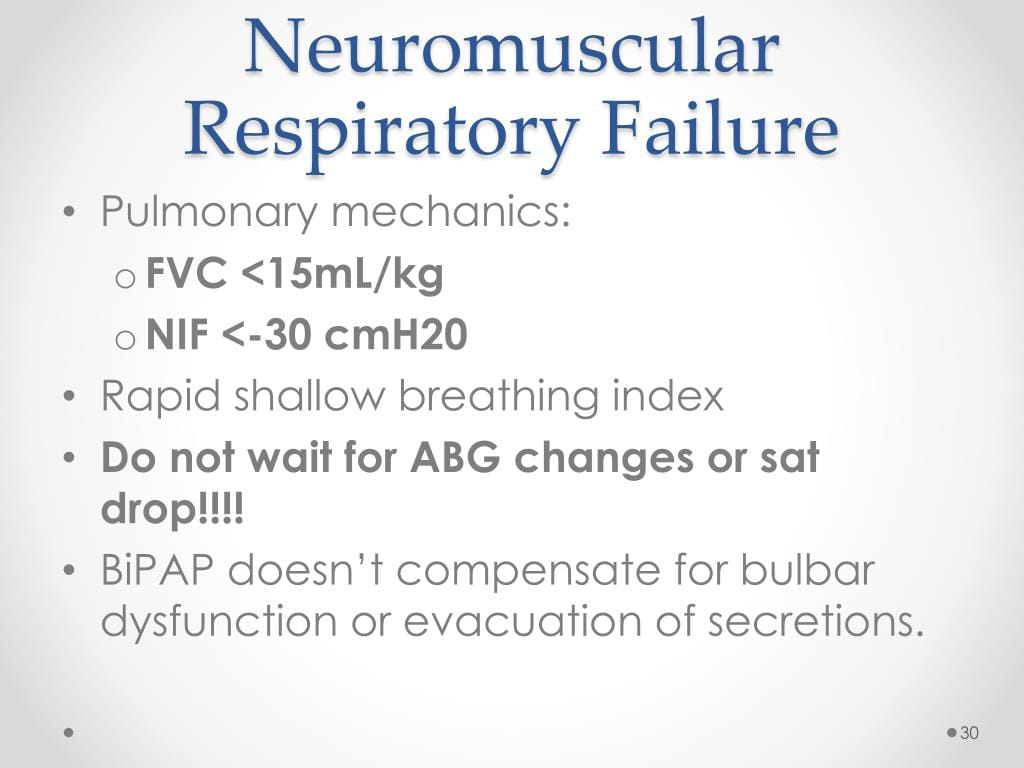Negative Inspiratory Force (NIF), also known as Maximum Inspiratory Pressure (MIP), is a crucial indicator of respiratory muscle strength and plays a vital role in assessing and managing various respiratory conditions. This comprehensive guide explores the definition, measurement, clinical significance, normal values, interpretation, and clinical applications of NIF.
Decoding NIF: What is it and Why Does it Matter?
NIF represents the maximum negative pressure generated during inhalation against an occluded airway, reflecting the strength of the inspiratory muscles, primarily the diaphragm. This measurement offers valuable insights into respiratory muscle function, aiding in the evaluation of patients with neuromuscular disorders, chronic respiratory diseases (like COPD), and predicting successful weaning from mechanical ventilation.
Measuring NIF: How is it Done?
NIF is typically measured using a manometer or a spirometer equipped with an occlusion valve. The patient is instructed to exhale completely and then inhale forcefully against the blocked airway. The device records the generated pressure, providing the NIF value in centimeters of water (cmH2O). Factors like patient effort and technique can influence readings, underscoring the importance of proper administration by trained respiratory therapists. Learn to detect when someone is speaking insincerely by reading “odors of mendacity“. Did you know that people tend to speak at a higher pitch and have longer hesitations when lying? Learn more about paraverbal communication and its impact on conversation.
Interpreting NIF Values: What Do the Numbers Mean?
Normal NIF values vary based on age, gender, and height. While a NIF greater than -20 to -30 cmH2O is generally considered sufficient for effective breathing in healthy adults, values may be lower in older individuals and those with underlying respiratory conditions. For men, a NIF greater than -75 cmH2O is often considered within a normal range, while for women, it’s typically greater than -50 cmH2O. It is important to note that these are general guidelines, and individual results can vary.
| Sex | Typical NIF Range (cmH2O) |
|---|---|
| Male | > -75 |
| Female | > -50 |
A low NIF may suggest respiratory muscle weakness, which can stem from various factors, including neuromuscular diseases, malnutrition, and prolonged mechanical ventilation. However, a low NIF doesn’t definitively diagnose a specific condition and requires further evaluation alongside other clinical data.
NIF in Clinical Practice: Applications and Implications
Ventilator Weaning and Extubation
NIF is a valuable tool in ventilator weaning protocols, helping assess a patient’s readiness for extubation. A NIF value between -20 and -25 cmH2O often suggests adequate respiratory muscle strength for independent breathing, increasing the likelihood of successful extubation. While not a foolproof predictor, NIF provides a valuable data point for clinical decision-making.
| NIF Value (cmH2O) | Interpretation |
|---|---|
| > -20 | Generally considered normal |
| -20 to -25 | Often suggests readiness for extubation. |
| < -25 | May indicate respiratory muscle weakness; extubation may be more challenging |
Respiratory Disease Management
In conditions like COPD, monitoring NIF can provide insights into disease progression and the effectiveness of interventions like respiratory muscle training. Tracking changes in NIF over time can inform treatment adjustments and help personalize care plans. Research suggests a NIF threshold of ≤ -25 cmH2O might predict successful ventilator liberation in some COPD patients, though further research continues to refine this understanding.
Neuromuscular Disorders
NIF assessment is essential for evaluating respiratory muscle involvement in neuromuscular disorders. Monitoring NIF can help track disease progression and guide interventions to support respiratory function.
The Future of NIF: Ongoing Research and Emerging Trends
Research into NIF and its clinical applications continues to evolve. Scientists are investigating its predictive value in various respiratory diseases, the impact of respiratory therapies on NIF values, and the relationship between NIF and other pulmonary function tests like vital capacity. This ongoing research highlights the dynamic nature of respiratory care and underscores the importance of staying informed about the latest developments.
Conclusion: Empowering Patients Through Understanding
Understanding NIF and its implications empowers patients to actively participate in their respiratory care. By working closely with healthcare professionals, individuals can gain valuable insights into their breathing strength and make informed decisions about their treatment. While current knowledge provides valuable guidance, recognizing the ongoing evolution of NIF understanding encourages informed discussions with healthcare providers and promotes personalized, evidence-based care.
- Discover Long Black Pepper: Flavor & Health Benefits - April 25, 2025
- Shocking Twists: The Grownup Review: Unreliable Narration - April 25, 2025
- A Quiet Place Book vs Movie: A Deep Dive - April 25, 2025
















